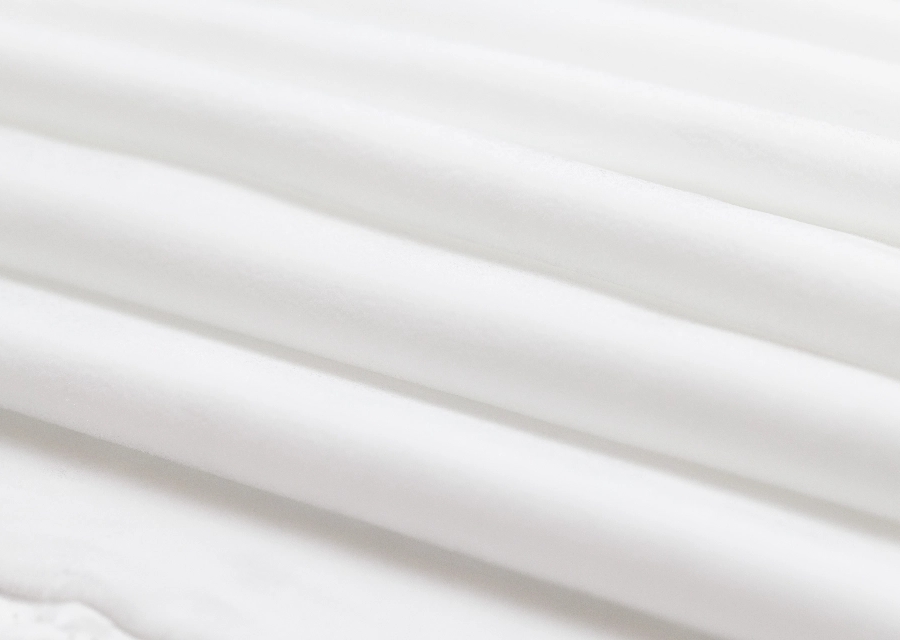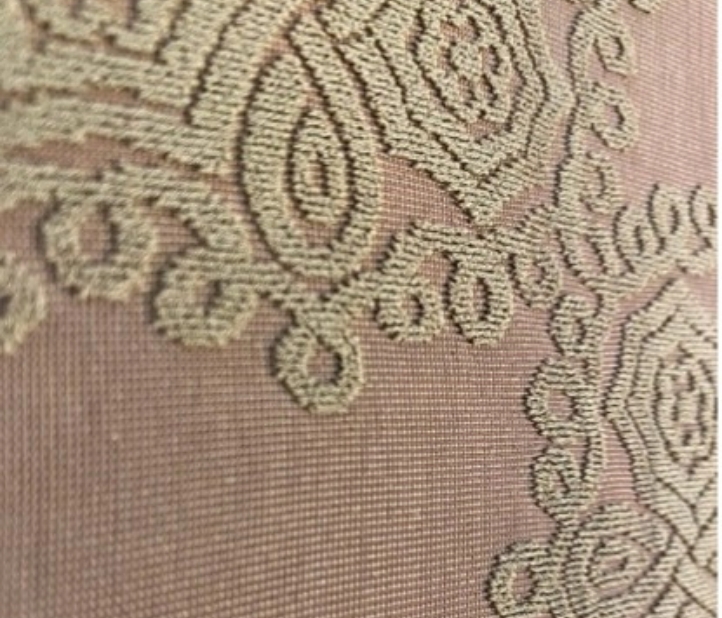
Somacho History
Somacho is the only company that continues to specialize in the production of velvet in Nishijin, the birthplace of Japan’s velvet.

In 1933, The first generation, Chotaro Soma, established himself as a velvet merchant and gained customers’ trust by making innovations in pile fabrics that did not flatten. He then began selling coats and shawls for kimonos throughout the country.
The second generation, Shoji Soma, focused on designing woven fabrics and continued to manufacture fabrics that were renowned by designers at Paris Collection. Additionally, they succeeded in producing Japan’s first polyester cosmetic puff fabric and have since maintained the top share in domestically produced velvet puff fabric.
The polishing cloth, which is crucial in the manufacturing process of LCD panels developed jointly by Hitachi and Hayashi Telempu under the contemporary Eiji Soma, was awarded the Grand Prix in the Materials Category at the 11th ADVANCED DISPLAY OF THE YEAR.
We will continue to take on new challenges with the aim of creating products that can be loved by more people.

The results so far
Velvet fabric for clothing
We made striped patterns, checkerboard patterns using dobby looms, and complex weaves using jacquard looms.
We also wove jacquard-on-jacquard fabrics to represent pile and ground weaves for Paris collections.
In terms of patterns and dyeing, we accommodated opal printing, embossing, washing, and other techniques.

jacquard looms

opal printing
Rubbing cloth
A pile fabric with a tilted pile that is used during the rubbing process, which is one of the manufacturing processes of liquid crystal displays.
Our products are woven with a structure that allows the pile to tilt by itself, instead of tilting it through post-processing. Therefore, there is no variation in the tilt angle between processing batches, and it is possible to create liquid crystal displays without streaks or unevenness.
In 2006, we won the ADY Grand Prix, and in 2011, we obtained a patent (Patent Number: 467975).


